 Print This Post
Print This Post
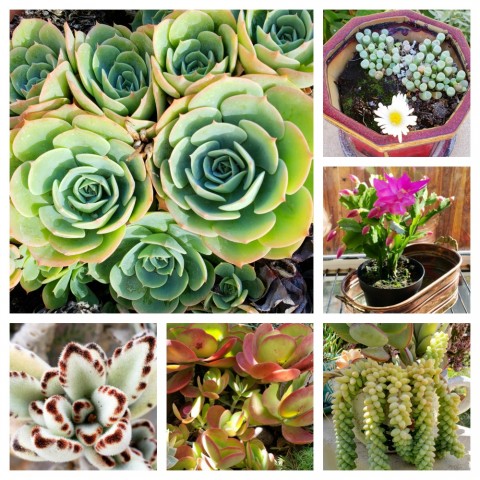
Succulents, always a staple in arid Southern California gardens, seem to have become a trend throughout the whole country now. Their simple, spare, architectural forms are so appealing both outside in the garden and inside as a tabletop statement piece.
While we have an easier time than some regions growing them in our warm, generally dry climate, everyone is joining in to try their hand at them.
If you like the look of succulents but don’t know where to begin, pull up a chair and take a look at my list of succulents for beginners.
As a Southern California succulent collector and hobbyist, I have been growing and propagating them for decades. I warn you though…once you try them, you’ll be hooked. As addictions go, this is one you can brag about.
Here are a few succulent suggestions to get you started:
1. For quick gratification and propagation
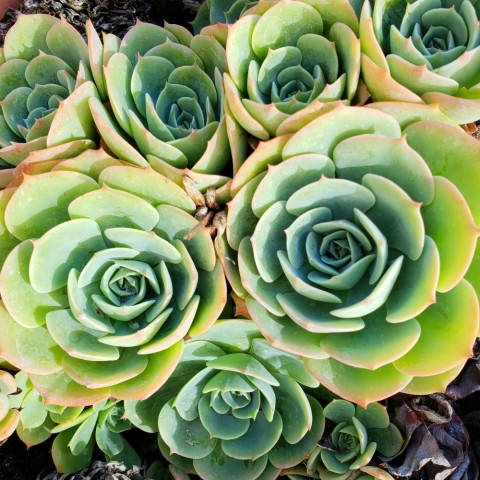 Try Sempervivum tectorum, aka “Hen and Chicks” or “Houseleeks.” These plants form rosettes; the mother (hen) spreads by forming little rosette plantlets (chicks) alongside. Snap these off and replant for a continuous supply. They come in different varieties, including Bernstein (copper leaves with some gold), Big Blue (bluish-green), Black (green leaves with purple tips), Damask (reddish), and Terracotta Baby (orangey red). Plants will also show different colors depending on soil and growing conditions.
Try Sempervivum tectorum, aka “Hen and Chicks” or “Houseleeks.” These plants form rosettes; the mother (hen) spreads by forming little rosette plantlets (chicks) alongside. Snap these off and replant for a continuous supply. They come in different varieties, including Bernstein (copper leaves with some gold), Big Blue (bluish-green), Black (green leaves with purple tips), Damask (reddish), and Terracotta Baby (orangey red). Plants will also show different colors depending on soil and growing conditions.
2. For a painterly look
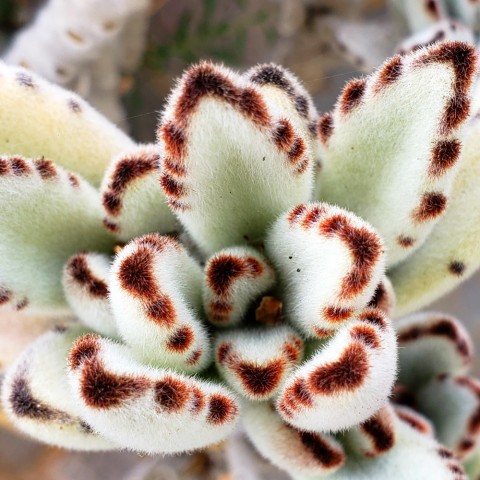 Kalanchoe tomentosa, aka “Panda Plant,” “Pussy Ears” or “Chocolate Soldier.” The leaves are gray green, covered in a velveteen fur and tipped with brown, giving this an elegant, artistic appearance.
Kalanchoe tomentosa, aka “Panda Plant,” “Pussy Ears” or “Chocolate Soldier.” The leaves are gray green, covered in a velveteen fur and tipped with brown, giving this an elegant, artistic appearance.
3. Impressive
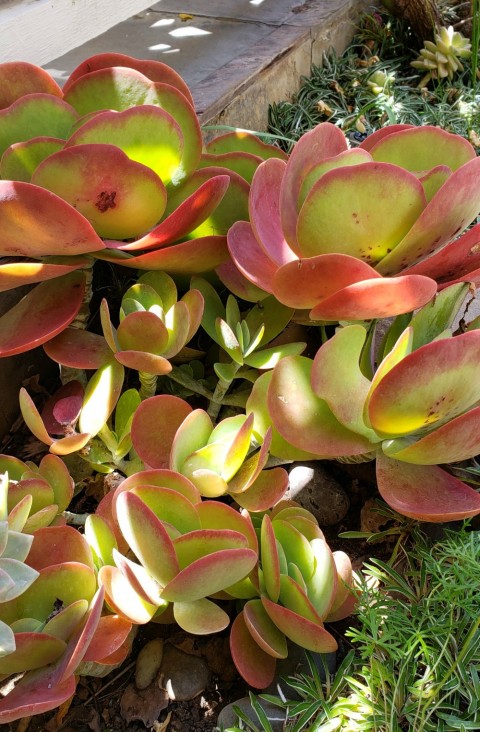 Kalanchoe luciae, aka “Flapjacks” or “Paddle Plant.” This plant looks like stacks of big flat pancakes standing on their side; it will make you smile. The big leaves are gray green and can get a reddish edge during cooler months if they have bright light (like we have most often in Southern California). This is a looker.
Kalanchoe luciae, aka “Flapjacks” or “Paddle Plant.” This plant looks like stacks of big flat pancakes standing on their side; it will make you smile. The big leaves are gray green and can get a reddish edge during cooler months if they have bright light (like we have most often in Southern California). This is a looker.
4. Seasonal blooms
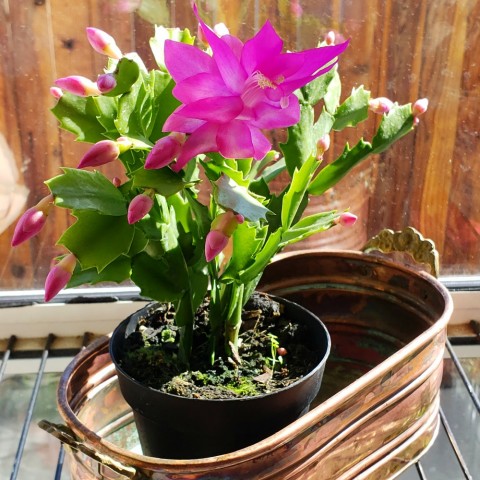 Schlumbergera truncata or Schlumbergera bridgesii, aka “Christmas Cactus,” “Thanksgiving Cactus” or “Holiday Cactus.” The nicknames come from the seasons it typically blooms in, between November and January. Depending on the variety, the tubular flowers can be pink, red or white, and they’re prolific, so it’s quite a rewarding show. Snap off a Y-shaped segment to propagate more. They hail from Brazilian rainforests, so unlike most succulents, they prefer a humid climate, and may need a bit more water than your other succulents.
Schlumbergera truncata or Schlumbergera bridgesii, aka “Christmas Cactus,” “Thanksgiving Cactus” or “Holiday Cactus.” The nicknames come from the seasons it typically blooms in, between November and January. Depending on the variety, the tubular flowers can be pink, red or white, and they’re prolific, so it’s quite a rewarding show. Snap off a Y-shaped segment to propagate more. They hail from Brazilian rainforests, so unlike most succulents, they prefer a humid climate, and may need a bit more water than your other succulents.
5. Great name and unusual looks
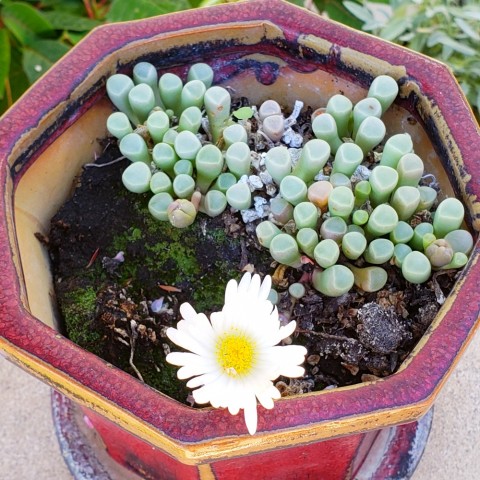 Fenestraria rhopalophylla (or aurantiaca), aka “Baby Toes.” This is a great container plant. It grows in clumps, and has translucent flat-topped leaves that resemble, uh, baby toes. You will kill it with too much water. The blooms are cute, often white or yellow dainty daisy-like flowers.
Fenestraria rhopalophylla (or aurantiaca), aka “Baby Toes.” This is a great container plant. It grows in clumps, and has translucent flat-topped leaves that resemble, uh, baby toes. You will kill it with too much water. The blooms are cute, often white or yellow dainty daisy-like flowers.
6. For a hanging pot
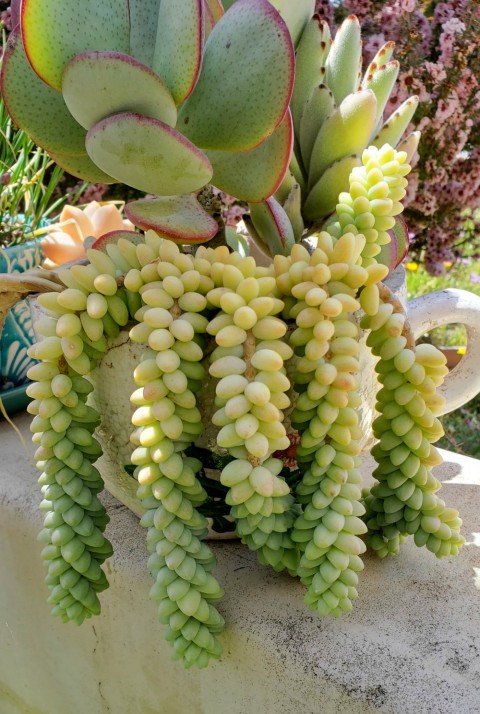 Sedum morganianum, aka “Donkey’s Tail” or “Burro’s Tail.” So pretty as a hanging plant, this one has many long, hanging stems with short little fat leaves. The leaves are dense and will fall off if you jostle the pot, so once you plant it, put it in a location and let it be.
Sedum morganianum, aka “Donkey’s Tail” or “Burro’s Tail.” So pretty as a hanging plant, this one has many long, hanging stems with short little fat leaves. The leaves are dense and will fall off if you jostle the pot, so once you plant it, put it in a location and let it be.
 Pin the image below to your Pinterest board to save it.
Pin the image below to your Pinterest board to save it.
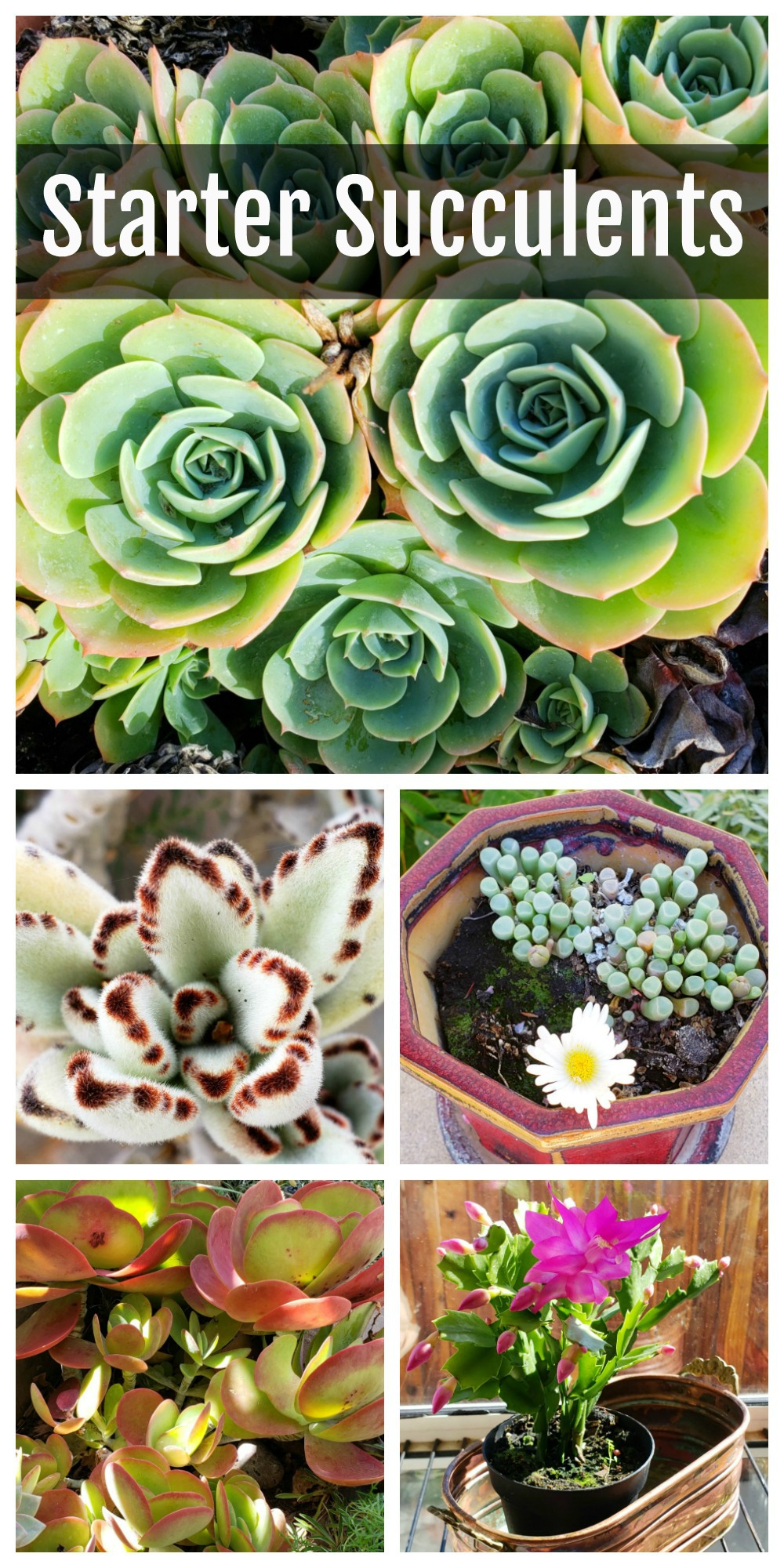
What’s YOUR favorite succulent? Let me know in the comments.
Thanks for visiting…are you hungry for more? Follow Shockingly Delicious on…
FACEBOOK | PINTEREST | INSTAGRAM | TWITTER
…for all the latest recipes, ideas and updates!
This post may contain affiliate/referral links. It is a way for this site to earn advertising fees (at no cost to you) by advertising or linking to certain products and/or services that I approve and prefer.








 Welcome to my kitchen!
At ShockD, you’ll find scrumptious, tried & true, "scary good" recipes, tips and coaching to make YOU a fabulous home cook! Don't blame me if you need a 12-step program to wean yourself away!
E-mail me: Dorothy.Reinhold@gmail.com
Welcome to my kitchen!
At ShockD, you’ll find scrumptious, tried & true, "scary good" recipes, tips and coaching to make YOU a fabulous home cook! Don't blame me if you need a 12-step program to wean yourself away!
E-mail me: Dorothy.Reinhold@gmail.com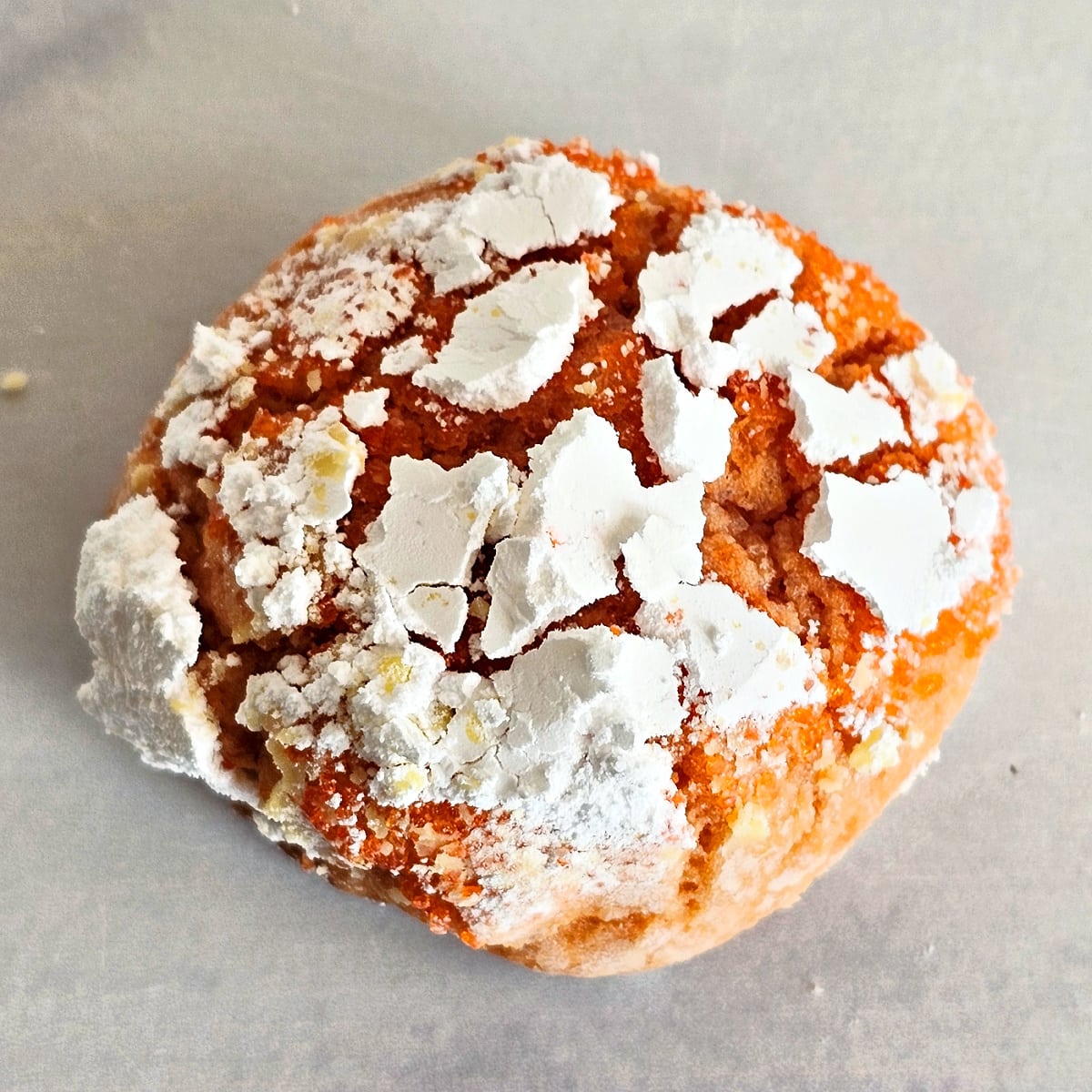
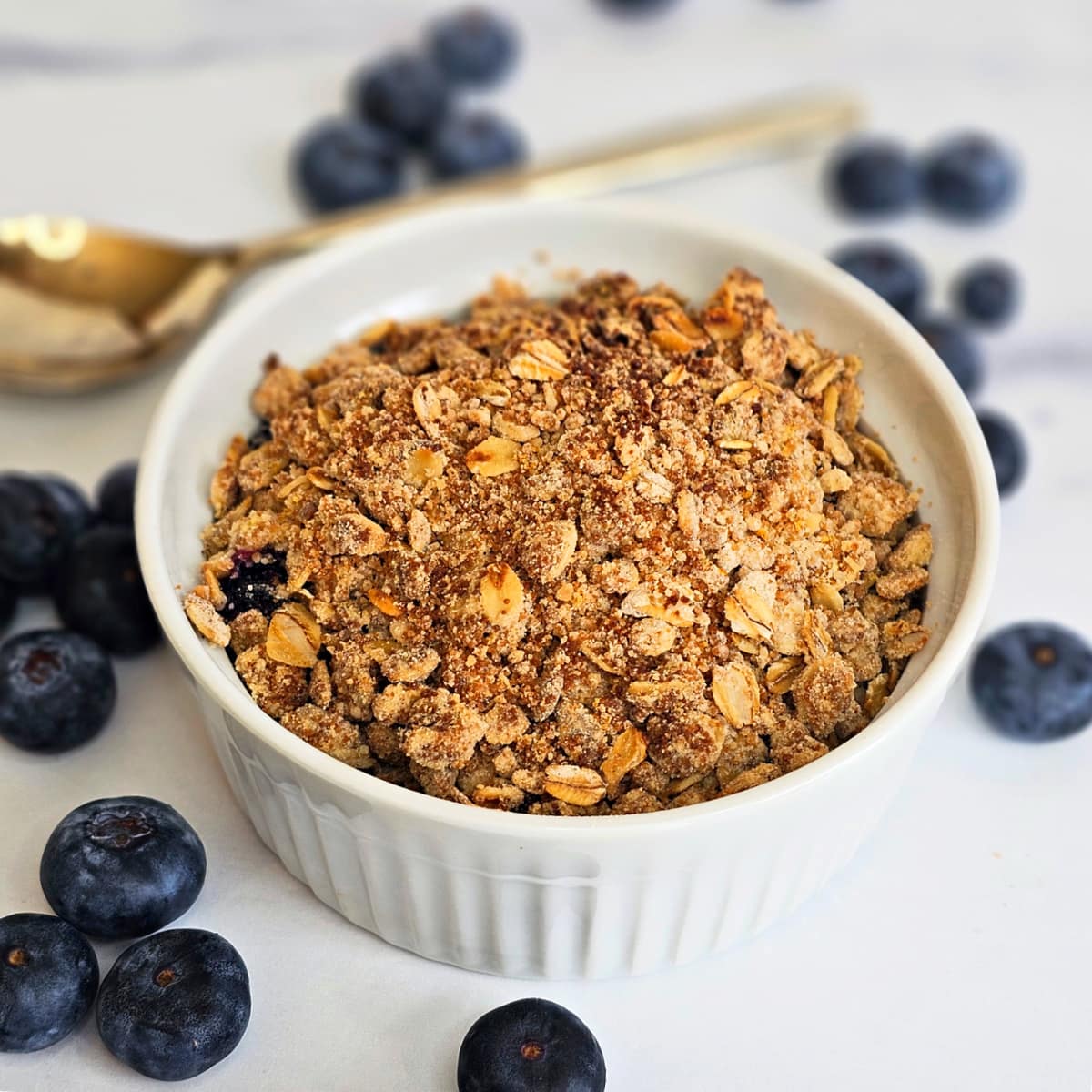
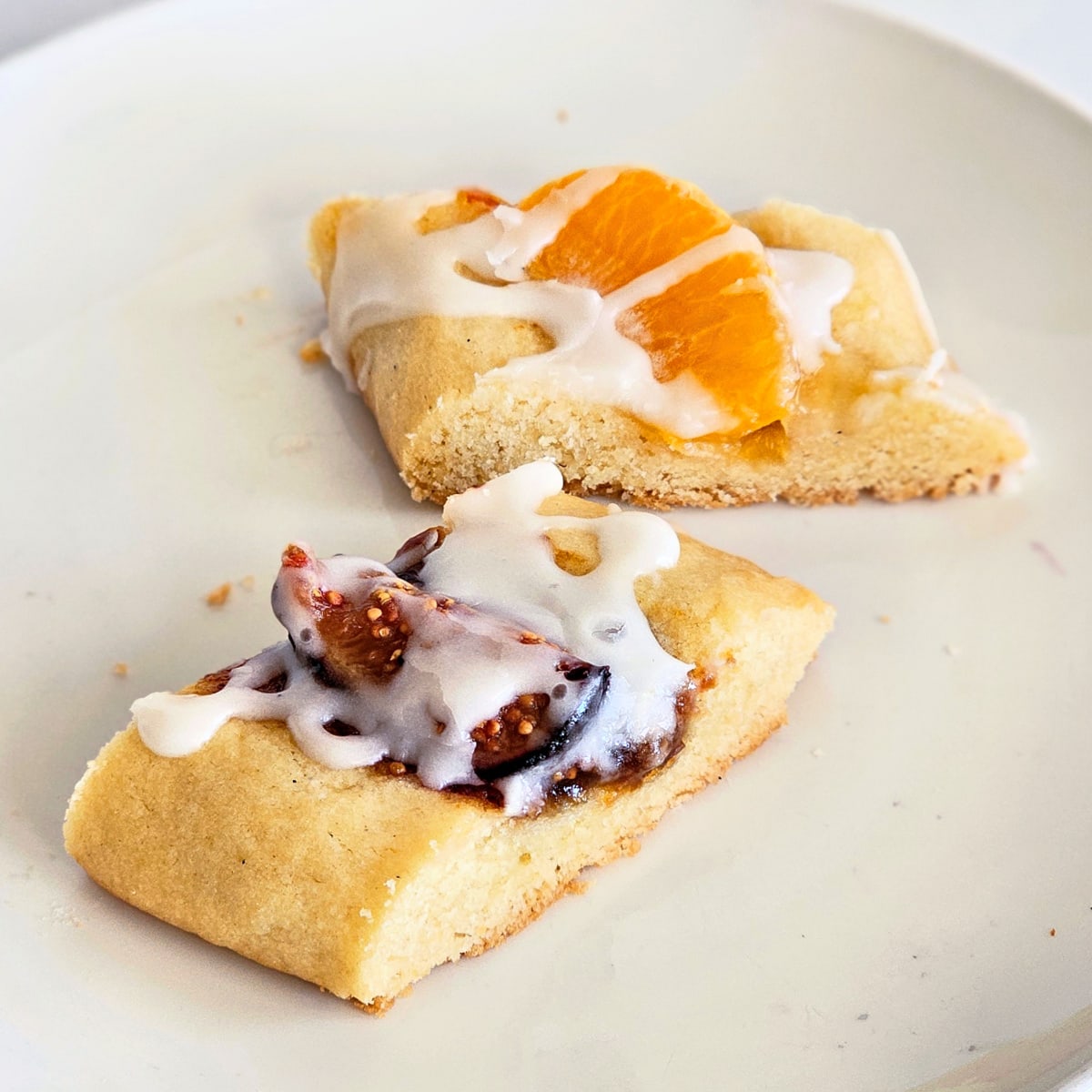
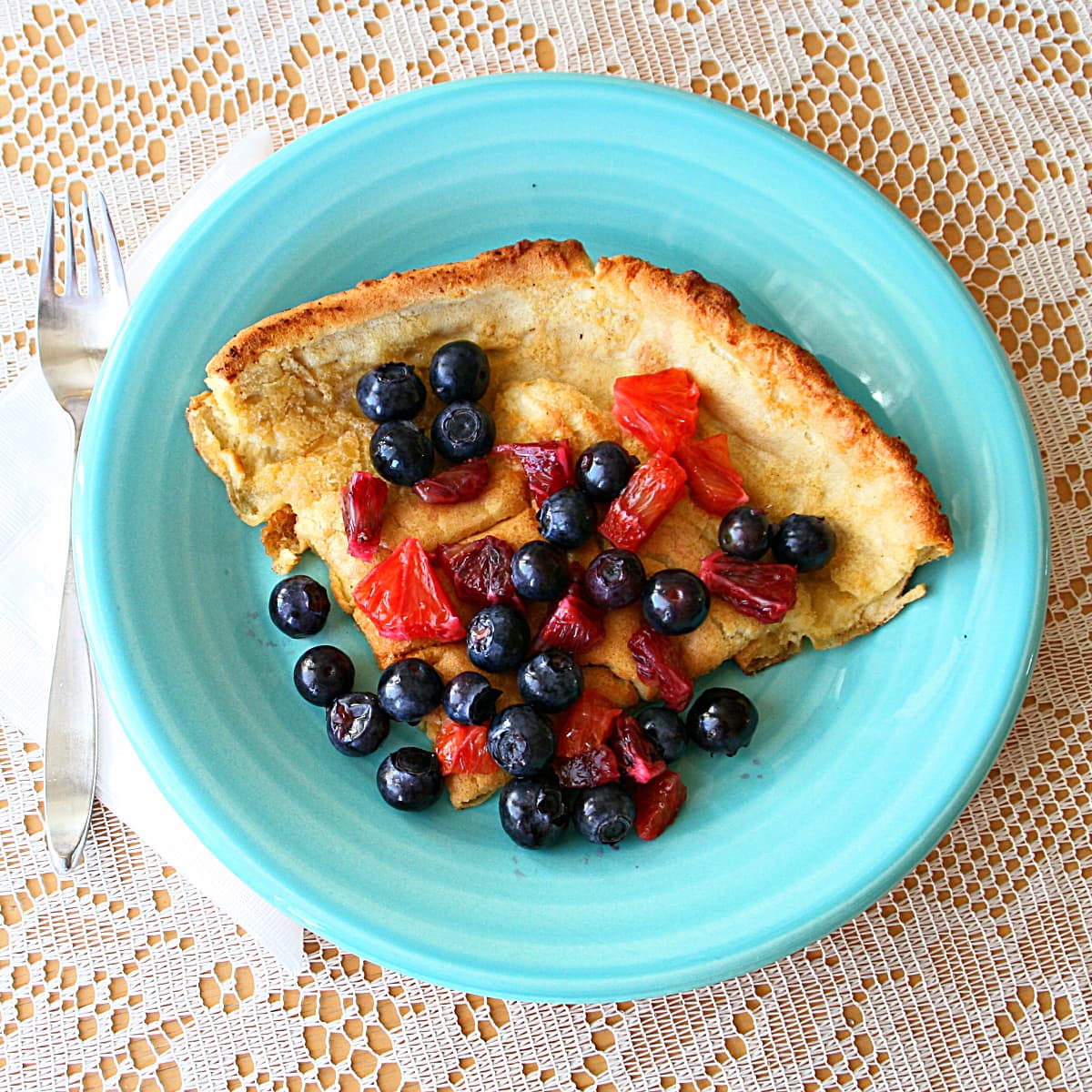
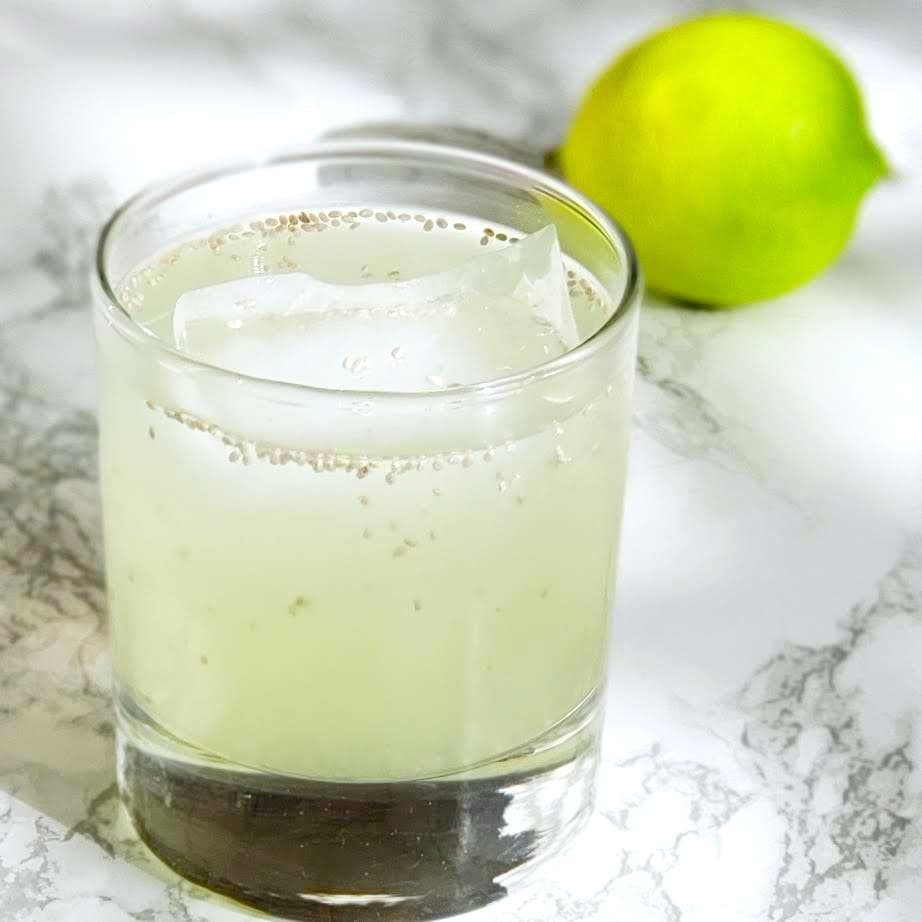
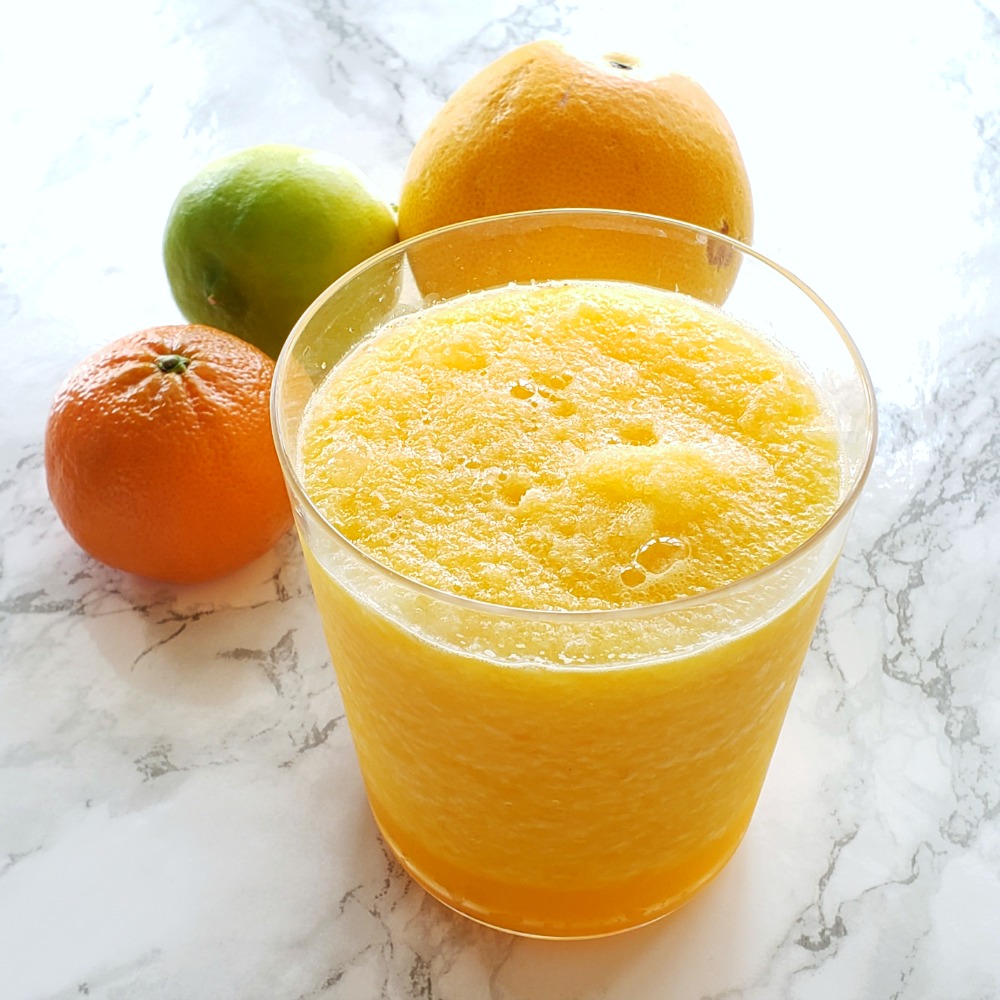
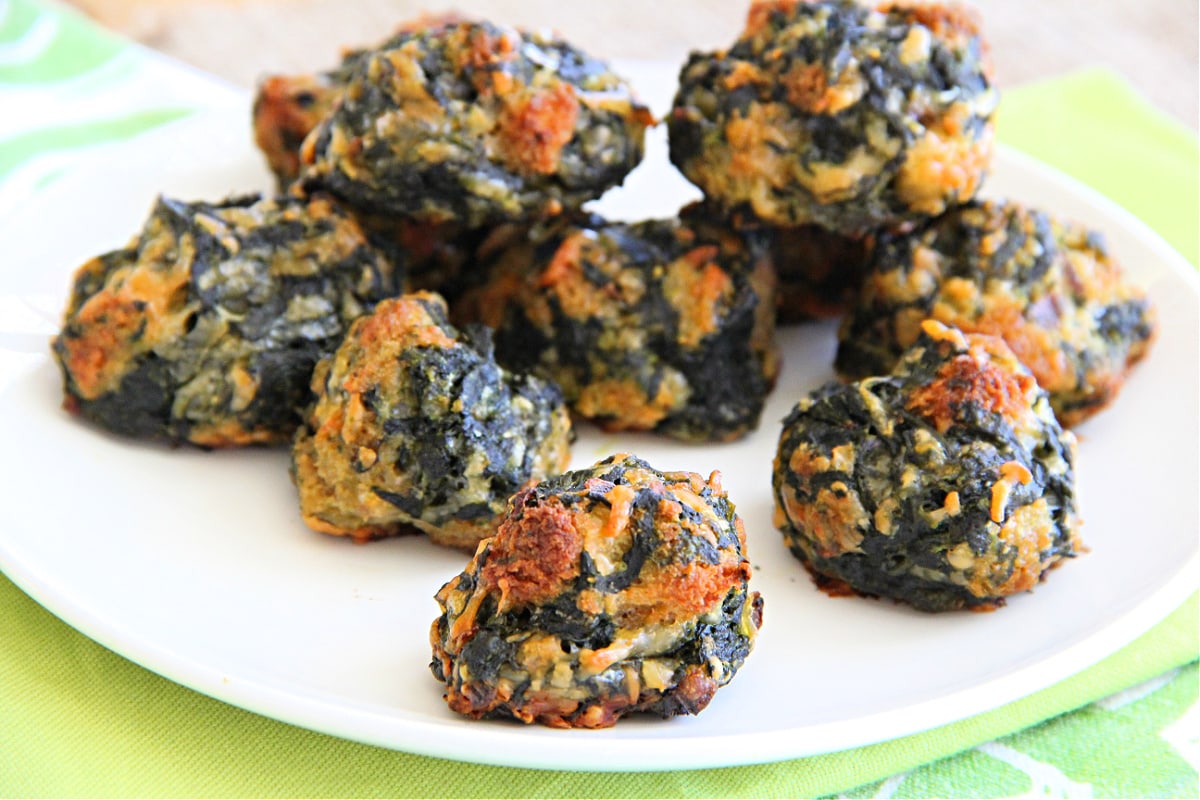
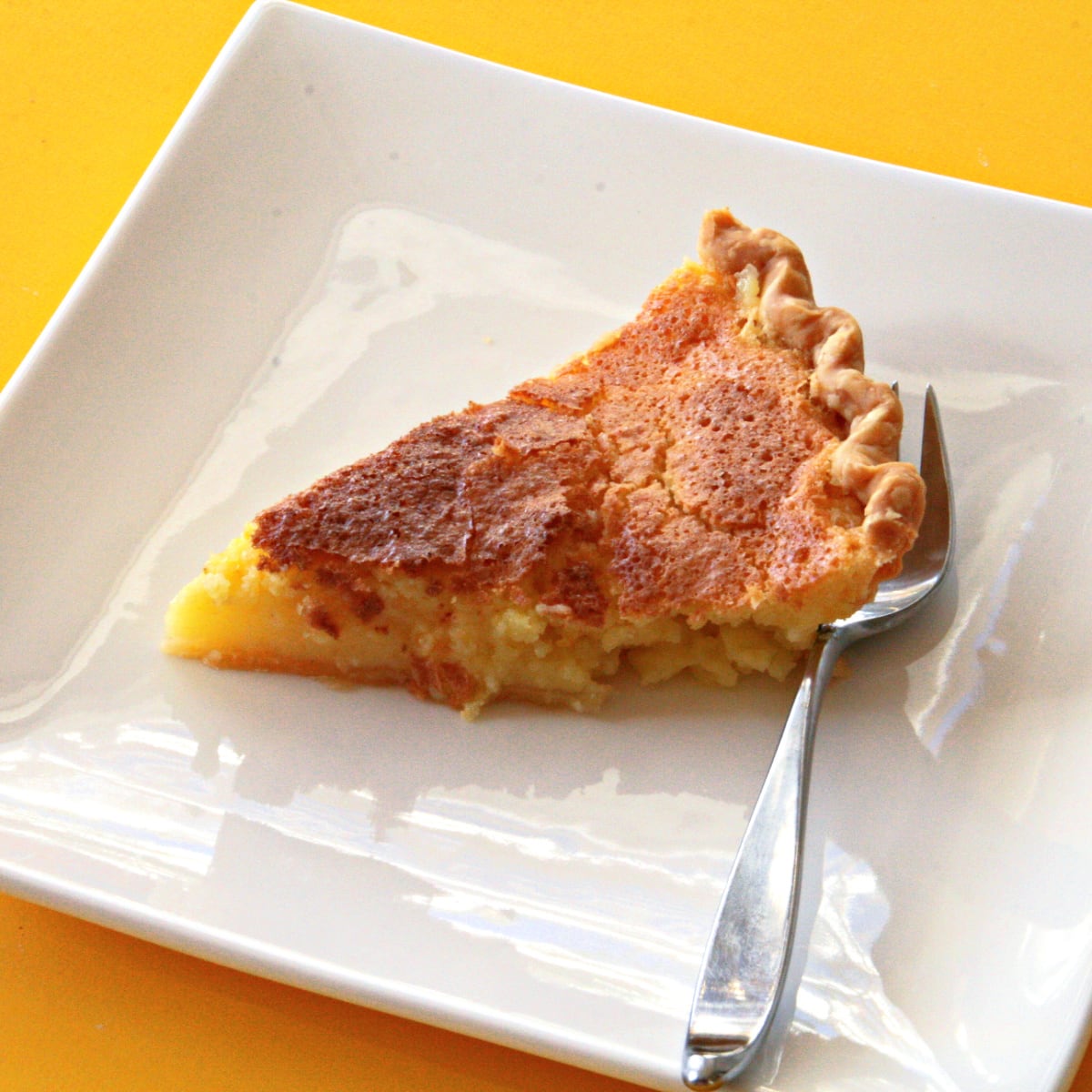

{ 2 comments… read them below or add one }
I’m a succulent fan – because they don’t die on me and tolerate my inconsistency well. I have a 2 stalk aeonium that had a stalk bloom a few years back. Somehow I got it to keep going after that and it’s doing amazing.
I also have hens and chicks and this year one hen grew tall, about 6” high, which I’ve never had happen in the many years I’ve had them.
Thank for your fun site!
Donna,
It is so rewarding when we do well with our plants, right?
Your hen sounds amazing — tall and robust! Many chicks will follow. Have fun in the dirt!